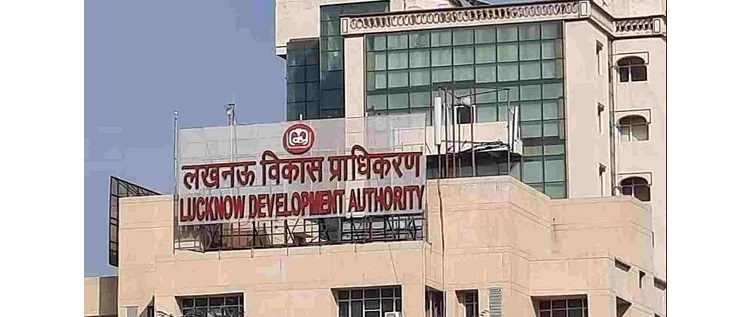Staying on rent, it’s time for a masterstroke, buy it off – Read on to know whether renting-to-own policy will be a success in India
TEXT : SREYASI MAITY
With the dream of homeownership for numerous Millennials in obligation, the request of leasing to claim sounds like an achievable dream. Rather than throwing away thousands in lease whereas battling to save for a down installment, your lease cash adds to the price of your own home. So how does rent to own work? What is Rent-to-Own? Rent-to-Own, an alternative route to homeownership which is additionally known as a lease-purchase is a contract between the tenant and the seller to purchase a house at a future closing date. This may be at any place from one to three years’ time after the contract is signed. Rent-to-Own Homes: Top Picks to Know- Rent-to-own can benefit homebuyers who have bad credit scores or insufficient funds for a down payment.
- The potential buyer moves into the house right away. The agreement defines – 1-3 years by which the potential buyer can buy the house from the seller as long as certain conditions are matched.
- Understanding the contract is vital. The potential buyer pays the seller one-time non-refundable option money and they give the right to buy the house in the future which usually ranges from 2.5 and 7% of the purchase price.
- The contract will clarify obligations. If the seller chooses to cover the cost, the buyer still needs the rental insurance policy.
- The potential buyer usually pays the monthly rent that many times is partially applied to the purchase price that lets the buyer build equity – the tenant may be asked to build HOA fees (Homeowners Association Fee), property taxes and insurance as well handle repairs and maintenance.
- If the potential buyer chooses to buy the house to apply for financing and pace the seller inflow, if not the option expires and all the money paid is forfeited. If the buyer is legally obligated to buy but can’t, legal proceedings begin.



















